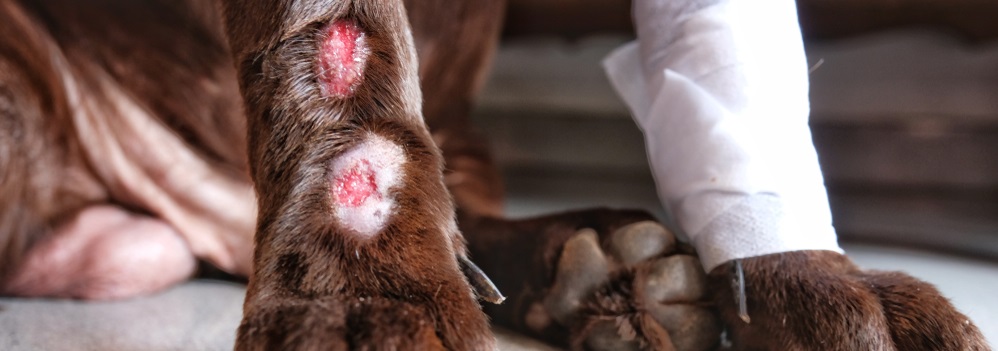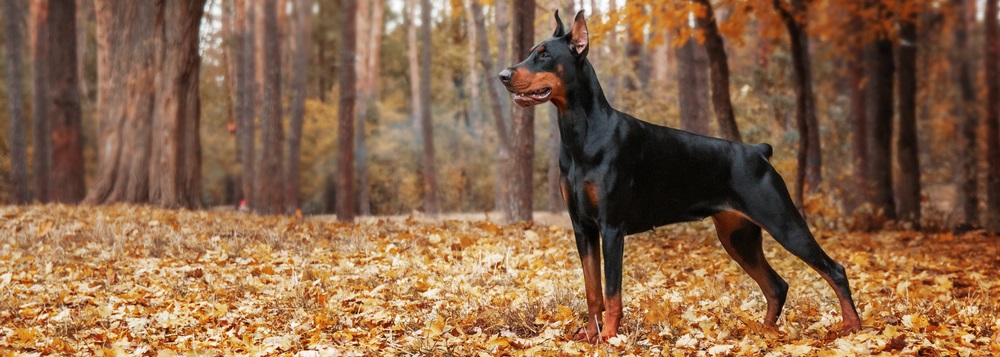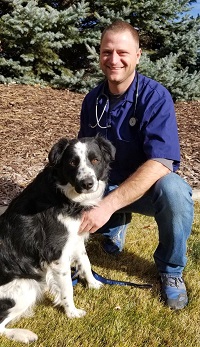Dogs love to lick just about everything. Whether it’s that weird looking stain on your floor or it’s your face, you can be certain your dog will want to identify it with his tongue. The same goes for when they’re cleaning themselves or scratching an itch—they love to use their tongue. While this is fine and normal for most dogs, there is a point when that licking can go too far.
Lick granuloma.
Lick granuloma occurs when a dog’s licking habits go from standard-level self-cleaning to something far more harmful and excessive—breaking the skin and causing painful wounds. Read on to find out more about the causes and symptoms of lick granuloma dogs and how to treat the skin problem with skincare and treatments. That way you can watch your dog lick weird things again with peace-of-mind.
What is Lick Granuloma?
Also known as acral lick dermatitis, lick granuloma in dogs appear in the form of painful lesions on their outer extremities, caused by chronic, compulsive, constant licking of a concentrated area. While seemingly innocuous, all that licking can actually damage superficial skin layers and cause your dog immense discomfort.
What makes lick granuloma tricky is that it’s a self-perpetuating skin condition, an “itch-lick” cycle, so to speak.
While the initial itch could have come from any given source, the constant licking that follows is a soothing tactic that only aggravates the area more, possibly leading to your dog scratching skin raw. The more raised, red, and itchy the area becomes, the more your dog will try to self-soothe with excessive licking.
And hence, the itch lick cycle continues.
How do you stop this never-ending circle of discomfort and get your dog back to running circles around you?
First, you have to diagnose the skin lesion.
Identifying and Diagnosing Lick Granuloma
Lesions caused by lick granuloma can manifest and develop in different ways, sometimes making them difficult to spot and diagnose. The first step is to identify the affected area. Lick granuloma occurs most often on body parts that are easy to reach from a seated position, like:
- The top and outer surfaces of the front legs, especially the carpal joint and wrist
- The hind limbs and tail base
Sometimes, a dog will have several lick granulomas simultaneously. And it should be noted that lick granuloma can occur anywhere your pup can reach, especially if she’s a talented contortionist.

Next, see if your dog’s skin wound is showing any of these symptoms:
- Alopecia, or hair loss, in the form of nodules or plaques
- Erythema, or skin redness
- Erosion or ulceration
- Inflammation
- Moistness or scabbing
- Focal infection
- Hyperpigmentation
A physical examination by your local animal health professional can help identify the source of your dog’s lesions. Coming prepared with some key observations will also help. These include:
- How long the excessive licking has occurred.
- Any notable changes in your dog’s routine or environment, like a new pet or baby in the home, a big move, or trauma.
- How frequently and in what situations your dog licks its wounds.
- Any other medical history, like previous pain, surgeries, or trauma.
What Breeds Most Often Experience Lick Granuloma?
The short answer is that acral lick dermatitis in dogs is very common and can affect any dog.
However, there are a few large breed dogs that suffer from lick granuloma more frequently. If you own a dog belonging to these breeds, definitely keep a close eye for lick granuloma symptoms:
- Golden Retrievers
- Labrador Retrievers
- Doberman Pinschers
- Irish Setters
- Great Danes
If Not Lick Granuloma, What Else?
Not every skin lesion points towards lick granuloma. Also, the lick granuloma can be a symptom of another ailment, which isn’t always more dangerous but still needs to be identified. On top of a physical exam and skin cytology, performing further tests on the lesions can uncover the true cause of the lick granuloma or diagnose a different condition entirely.
Some conditions that a veterinarian will test for include:
- Neoplastic Disease, which can be ruled out by performing fine-needle aspiration on nodular lesions.
- Dermatophyte infection can be an underlying cause, which can be identified using a polymerase chain reaction or a fungal culture.
- Orthopedic causes like arthritis, which can be determined through orthopedic exams and radiographs.
- Demodicosis, or red mange, which can be identified through a trichogram or skin scraping.
- Tumors, which will be revealed through a skin biopsy.
Causes of Lick Granuloma in Dogs and Lick Granuloma Dog Treatment
Lick granuloma treatment isn’t a one-size-fits-all approach. That’s because the causes for lick granuloma are extremely varied, ranging from both physical and psychological origins.

Once you can identify them, you can tackle them. Here are the main culprits.
Physical Causes:
- Joint pain
- Infection
- Allergies
- Minor irritants (bug bites, scratches, etc.)
Recommended Treatments: Depending on the physical origins of your dog’s discomfort, you may need to target the source with oral and topical solutions or medical procedures like:
- Antibiotics
- Topical antimicrobial spray
- Anti-inflammatories
- Anti-irritant hot spot hydrogel
- Acupuncture
- Surgery
- Laser therapy
- Physical barriers to prevent them from licking their wound(s)
Psychological Causes:
- Obsessive-compulsive disorder
- Anxiety
- Fear
- Trauma
- Boredom
Recommended Treatment: The psychological factors behind lick granuloma can range from something as innocuous as boredom to something as serious as trauma. By extension, treatments will range from more quality time and play to therapy and psychopharmacologic medications.
Treat Your Dog’s Lick Granuloma Lickety-Split
As long as you comply with your veterinarian’s recommendations, keep a fastidious eye on your furry friend, and stay positive, your cute canine will be back to its usual licking self—minus the scrapes and scabs.
 Reviewed by Dan Richardson, Veterinarian
Reviewed by Dan Richardson, Veterinarian
Dan Richardson has been a practicing veterinarian for over 10 years. He specializes in surgery and orthopedics. Dan is originally from rural western Nevada and attended the University of Idaho for undergraduate study and Oregon State University for Veterinary School. The Richardson Family enjoys camping and spending time on the water fishing, paddle boarding, or digging their feet in the sand somewhere warm.
Sources:
- DVM360. Acral lick granuloma: stopping the itch-lick cycle. https://www.dvm360.com/view/acral-lick-granuloma-stopping-itch-lick-cycle
- Veterinary Centers of America. Lick Granuloma in Dogs. https://vcahospitals.com/know-your-pet/lick-granuloma-in-dogs